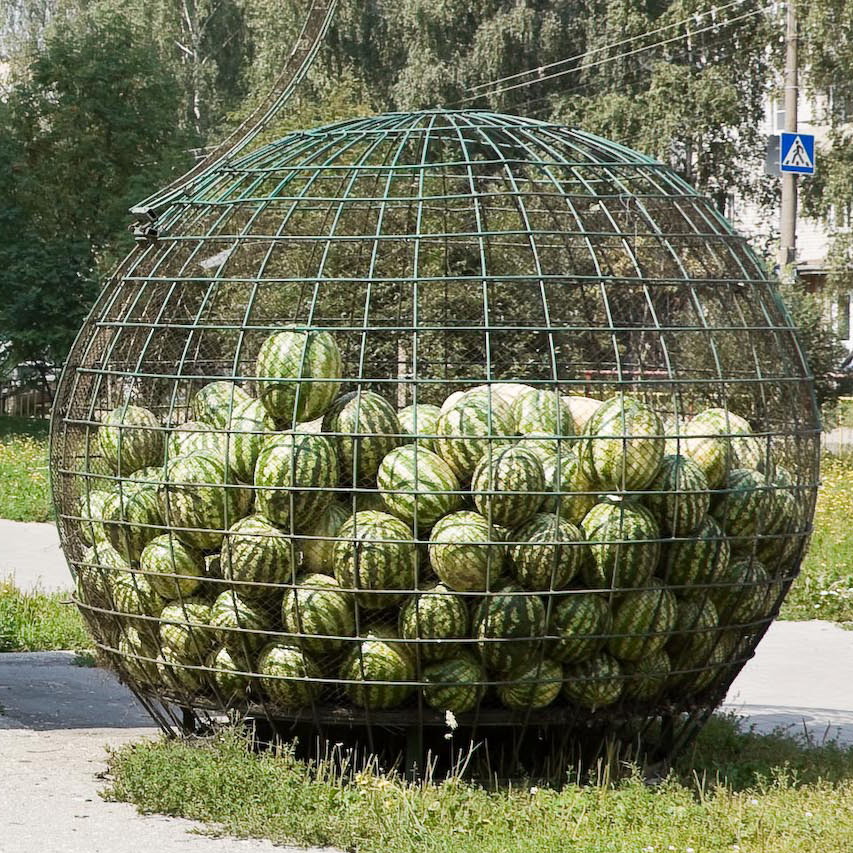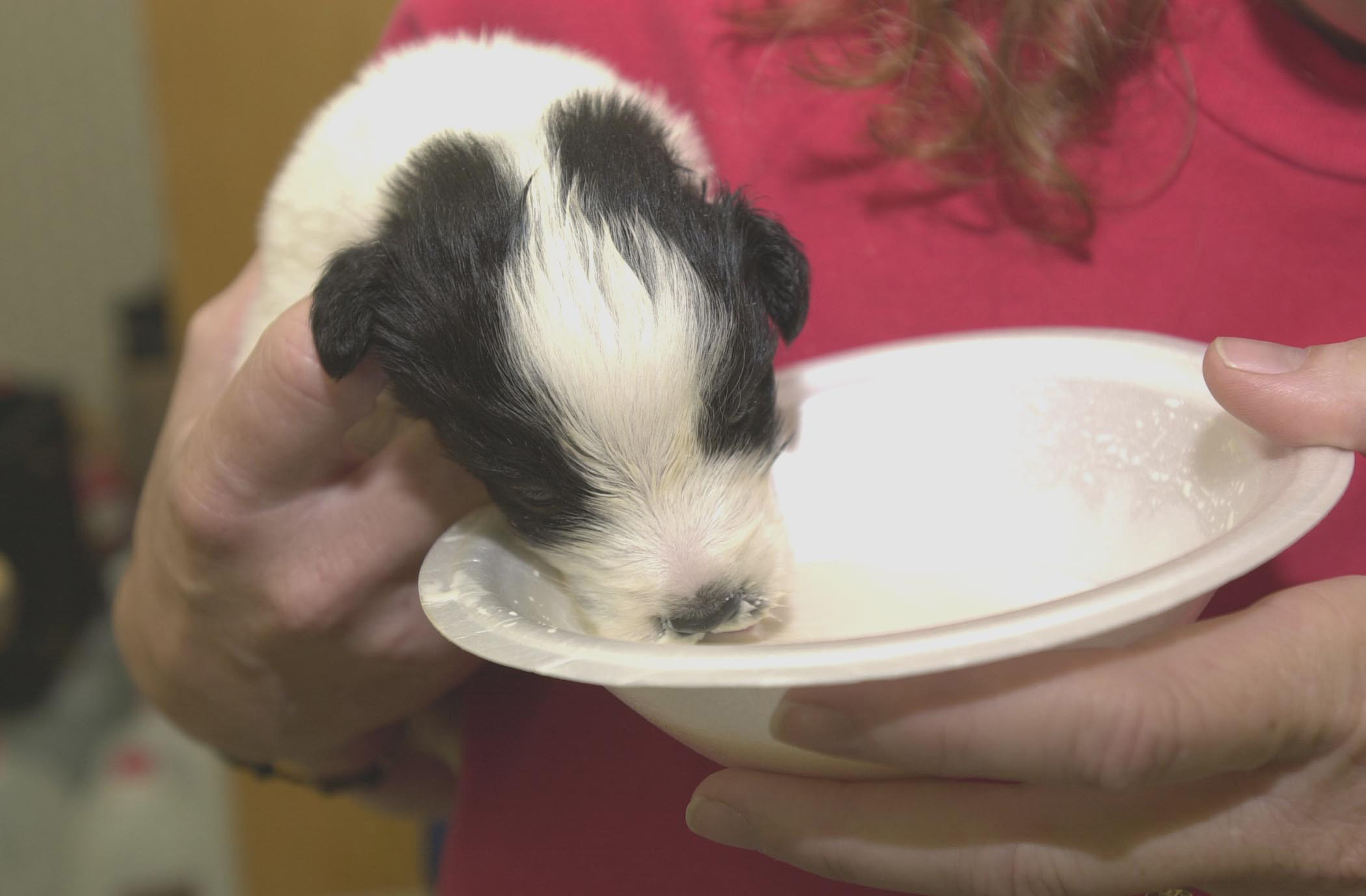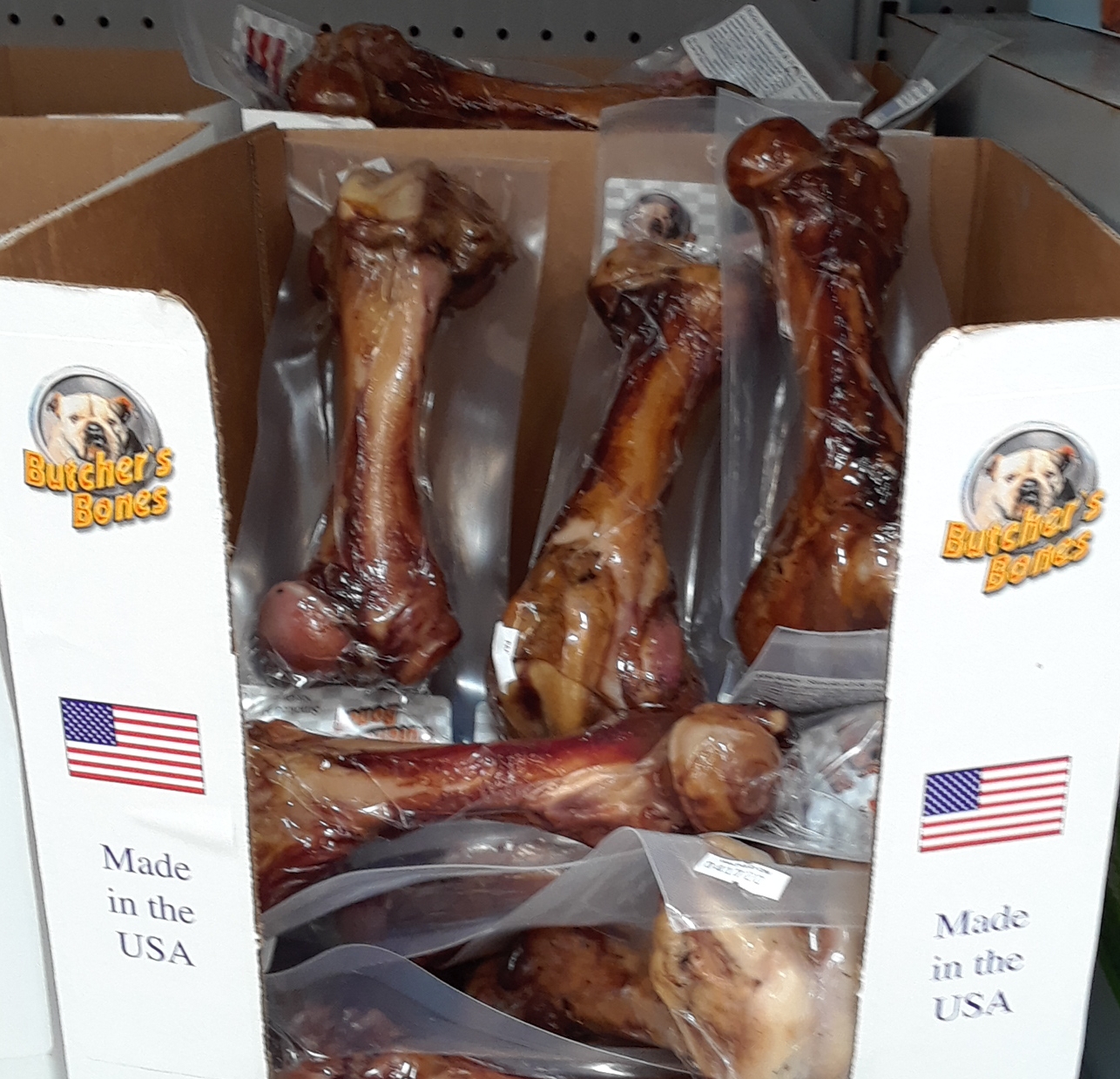|
Hamster Cage
A hamster cage is a cage designed to house a hamster or hamsters. Hamster cages need to be at least 1524 cm2 (600 in2) of floor space or bigger, although many experts such as Gernot Kuhnen recommend that hamsters thrive with larger cage sizes. For pet hamsters, commercially available pens are made of wire or plastic. Some pet owners house their hamsters in aquarium tanks or make their own wooden pens. Laboratory hamsters, commonly known as Laboratory Syrian hamsters, are housed in pens designed for scientific use. There are also special pens designed for hamster shows. Cage specifications Cage Size There are different recommendations for the appropriate cage size for hamsters. HSS (Hamster Society Singapore) recommends a minimum of 4000 cm2 (620 in2) for Syrian hamsters and a minimum of 2903.22 cm2 (450 in2) for dwarf hamsters. TVT (Tierärztliche Vereinigung für Tierschutz) recommends the owner give the Syrian hamster as much space as possible—at minimum 1 ... [...More Info...] [...Related Items...] OR: [Wikipedia] [Google] [Baidu] |
Cage (enclosure)
A cage is an enclosure often made of mesh, bars, or wires, used to confine, contain or protect something or someone. A cage can serve many purposes, including keeping an animal or person in captivity, capturing an animal or person, and displaying an animal at a zoo. Construction Since a cage is usually intended to hold living beings, at least some part of its structure must be such as to allow for the entry of light and air. Thus some cages may be made with bars spaced too closely together for the intended captive to slip between them, or with windows covered by a mesh of some sort. Animal cages Cages are often used to confine animals, and some are specially designed to fit a certain species of animal. One or more birds, rodents, reptiles, and even larger animals of certain breeds are sometimes confined in a cage as pets. Animal cages have been a part of human culture since ancient times. For example, an Ancient Greek vase dated to 490 B.C. depicts a boy holding a possibly ... [...More Info...] [...Related Items...] OR: [Wikipedia] [Google] [Baidu] |
Phodopus
''Phodopus'', a genus of rodents in the hamster subfamily Cricetinae—a division of the larger family Cricetidae—is a lineage of small hamsters native to central Asia that display unusual adaptations to extreme temperatures. They are the only known hamsters that live in groups and, in some cases, rely on significant contributions by males to the raising of offspring. They are nocturnal and active throughout the year; they do not hibernate. Species of ''Phodopus'', together with members of the genera ''Cricetulus'', ''Allocricetulus'' and ''Tscherskia'' are called dwarf hamsters because of their small size (roughly ) relative to other hamsters. Like other hamsters, members of ''Phodopus'' have a round body shape, short tails and cheek pouches in which they can store food. They all live in dry conditions with extreme temperatures. They inhabit the forests, steppes and semi-deserts of Mongolia, Siberia, China and Kazakhstan. Fossils of ''Phodopus'' have been found in Pleistocene ... [...More Info...] [...Related Items...] OR: [Wikipedia] [Google] [Baidu] |
Institute For Laboratory Animal Research
The Institute for Laboratory Animal Research (ILAR) is a United States organization which develops and shares information and guidelines about animal testing and care of laboratory animals. It is a unit in the United States National Research Council. Their mission is "to evaluate and to report on scientific, technological, and ethical use of animals and related biological resources, and of non-animal alternatives in non- food settings, such as research, testing, education, and production of pharmaceuticals". * Their core values are: ** ILAR supports the responsible use of animals in research, testing, and education as a key component to advancing the health and quality of life of humans and animals. ** ILAR promotes high-quality science and humane care and use of research animals based upon the principles of refinement, replacement, and reduction (the 3Rs) and high ethical standards. ** ILAR fosters best practices that enhance human and animal welfare by organizing and disseminating ... [...More Info...] [...Related Items...] OR: [Wikipedia] [Google] [Baidu] |
Animal Welfare Act Of 1966
The Animal Welfare Act (Laboratory Animal Welfare Act of 1966, ) was signed into law by President Lyndon B. Johnson on August 24, 1966. It is the main federal law in the United States that regulates the treatment of animals in research and exhibition. Other laws, policies, and guidelines may include additional species coverage or specifications for animal care and use, but all refer to the Animal Welfare Act (otherwise known as the "AWA") as the minimally acceptable standard for animal treatment and care. The USDA and APHIS oversee the AWA and the House and Senate Agriculture Committees have primary legislative jurisdiction over the Act. Animals covered under this Act include any live or dead cat, dog, hamster, rabbit, nonhuman primate, guinea pig, and any other warm-blooded animal determined by the Secretary of Agriculture for research, pet use or exhibition. Excluded from the Act are birds, rats of the genus ''Rattus'' (laboratory rats), mice of the genus ''Mus'' (laboratory mic ... [...More Info...] [...Related Items...] OR: [Wikipedia] [Google] [Baidu] |
Mousetrap
A mousetrap is a specialized type of animal trap designed primarily to catch and, usually, kill mice. Mousetraps are usually set in an indoor location where there is a suspected infestation of rodents. Larger traps are designed to catch other species of animals, such as rats, squirrels, other small rodents, or other animals. Types Jaw mousetrap The trap that is credited as the first patented lethal mousetrap was a set of spring-loaded, cast-iron jaws dubbed "Royal No. 1". It was patented on 4 November 1879 by James M. Keep of New York, US patent 221,320. From the patent description, it is clear that this is not the ''first'' mousetrap of this type, but the patent is for this simplified, easy-to-manufacture design. It is the industrial-age development of the deadfall trap, but relying on the force of a wound spring rather than gravity. The jaws are operated by a coiled spring, and the triggering mechanism is between the jaws, where the bait is held. The trip snaps the jaw ... [...More Info...] [...Related Items...] OR: [Wikipedia] [Google] [Baidu] |
CritterTrail
Kaytee is a company based in Chilton, Wisconsin, United States. It is an international supplier of bird seed. The Kaytee brand supports a non-profit foundation dedicated to raising awareness of pet care and environmental conservation. History Nicholas W. Knauf and Peter Juckem founded a grain elevator, on East Main Street in Chilton in 1866. William N. Knauf at age 19, became co-owner with Frank Tesch (K & T) when Nicholas W. Knauf died. They took the company name from their initials. They built a gristmill and general store to sell seed to farmers. They used the 1872 railroad to ship barley and oats to markets; that led to selling barley to Milwaukee breweries. In 1920, the company became a national supplier of peas to be used for pigeon feed. It expanded into making feed for birds and other small animals, becoming the first commercial supplier of wild bird seed in 1955. William Engler Sr., long-term employee and son-in-law of William N. Knauf, purchased the company in 1964 and ... [...More Info...] [...Related Items...] OR: [Wikipedia] [Google] [Baidu] |
Dwarf Hamster
Dwarf hamster may refer to: *A member of any of the three species of genus ''Phodopus'': **Campbell's dwarf hamster **Djungarian hamster **Roborovski hamster *A member of certain species of genus '' Cricetulus'': **Tibetan dwarf hamster ** Chinese dwarf hamster **Kam dwarf hamster **Long-tailed dwarf hamster **Grey dwarf hamster **Sokolov's dwarf hamster Sokolov's dwarf hamster (''Cricetulus sokolovi'') is a species of rodent in the hamster and vole family Cricetidae. Previously listed as conspecific with Chinese striped hamster, it has been listed as a separate species since 1988. It has a disti ... {{disambiguation Animal common name disambiguation pages ... [...More Info...] [...Related Items...] OR: [Wikipedia] [Google] [Baidu] |
Golden Hamster
The golden hamster or Syrian hamster (''Mesocricetus auratus'') is a rodent belonging to the hamster subfamily, Cricetinae. Their natural geographical range is in an arid region of northern Syria and southern Turkey. Their numbers have been declining in the wild due to a loss of habitat from agriculture and deliberate elimination by humans. Thus, wild golden hamsters are now considered endangered by the International Union for Conservation of Nature. However, captive breeding programs are well-established, and captive-bred golden hamsters are often kept as small house pets. Syrian hamsters are larger than many of the dwarf hamsters kept as pocket pets (up to five times larger), and weigh about the same as a sugar glider, though the wild European hamster exceeds Syrian hamsters in size. They are also used as scientific research animals throughout the world. Characteristics The size of adult animals is around long, with a lifespan of 2–3 years. Body mass is usually in th ... [...More Info...] [...Related Items...] OR: [Wikipedia] [Google] [Baidu] |
Animal Welfare
Animal welfare is the well-being of non-human animals. Formal standards of animal welfare vary between contexts, but are debated mostly by animal welfare groups, legislators, and academics. Animal welfare science uses measures such as longevity, disease, immunosuppression, behavior, physiology, and reproduction, although there is debate about which of these best indicate animal welfare. Respect for animal welfare is often based on the belief that nonhuman animals are sentient and that consideration should be given to their well-being or suffering, especially when they are under the care of humans. These concerns can include how animals are slaughtered for food, how they are used in scientific research, how they are kept (as pets, in zoos, farms, circuses, etc.), and how human activities affect the welfare and survival of wild species. There are two forms of criticism of the concept of animal welfare, coming from diametrically opposite positions. One view, held by some think ... [...More Info...] [...Related Items...] OR: [Wikipedia] [Google] [Baidu] |
Chew Toys
Chew toys are toys designed to be chewed on by animals for stimulation and boredom relief. Gnawing on a chew toy can be soothing to an animal, as well as stimulating. In young animals, such as puppies, chew toys can help relieve pain associated with teething. There are several types of chew toys, made from materials including rawhide, wood, paper, and mineral. Chew toys are commonly known as toys for dogs. However, birds, rodents, and rabbits can also use them as well. In addition to providing entertainment, chew toys can help an animal work out anxiety, distract animals from chewing on other "forbidden" items, and assist in maintaining healthy teeth and gums. A similar toy called a teether is given to human children to help soothe inflamed gums during teething. Rawhide Rawhide chew toys are most often associated with dogs, though rawhide is suitable for all animals except herbivores, as it is made of animal skin. For example, rabbits cannot have rawhide toys because the ... [...More Info...] [...Related Items...] OR: [Wikipedia] [Google] [Baidu] |
Rodents
Rodents (from Latin , 'to gnaw') are mammals of the order Rodentia (), which are characterized by a single pair of continuously growing incisors in each of the upper and lower jaws. About 40% of all mammal species are rodents. They are native to all major land masses except for New Zealand, Antarctica, and several oceanic islands, though they have subsequently been introduced to most of these land masses by human activity. Rodents are extremely diverse in their ecology and lifestyles and can be found in almost every terrestrial habitat, including human-made environments. Species can be arboreal, fossorial (burrowing), saltatorial/richochetal (leaping on their hind legs), or semiaquatic. However, all rodents share several morphological features, including having only a single upper and lower pair of ever-growing incisors. Well-known rodents include mice, rats, squirrels, prairie dogs, porcupines, beavers, guinea pigs, and hamsters. Rabbits, hares, and pikas, whose incisors ... [...More Info...] [...Related Items...] OR: [Wikipedia] [Google] [Baidu] |
Fahrenheit
The Fahrenheit scale () is a temperature scale based on one proposed in 1724 by the physicist Daniel Gabriel Fahrenheit (1686–1736). It uses the degree Fahrenheit (symbol: °F) as the unit. Several accounts of how he originally defined his scale exist, but the original paper suggests the lower defining point, 0 °F, was established as the freezing temperature of a solution of brine made from a mixture of water, ice, and ammonium chloride (a salt). The other limit established was his best estimate of the average human body temperature, originally set at 90 °F, then 96 °F (about 2.6 °F less than the modern value due to a later redefinition of the scale). For much of the 20th century, the Fahrenheit scale was defined by two fixed points with a 180 °F separation: the temperature at which pure water freezes was defined as 32 °F and the boiling point of water was defined to be 212 °F, both at sea level and under standard atmospheric pressure. ... [...More Info...] [...Related Items...] OR: [Wikipedia] [Google] [Baidu] |








